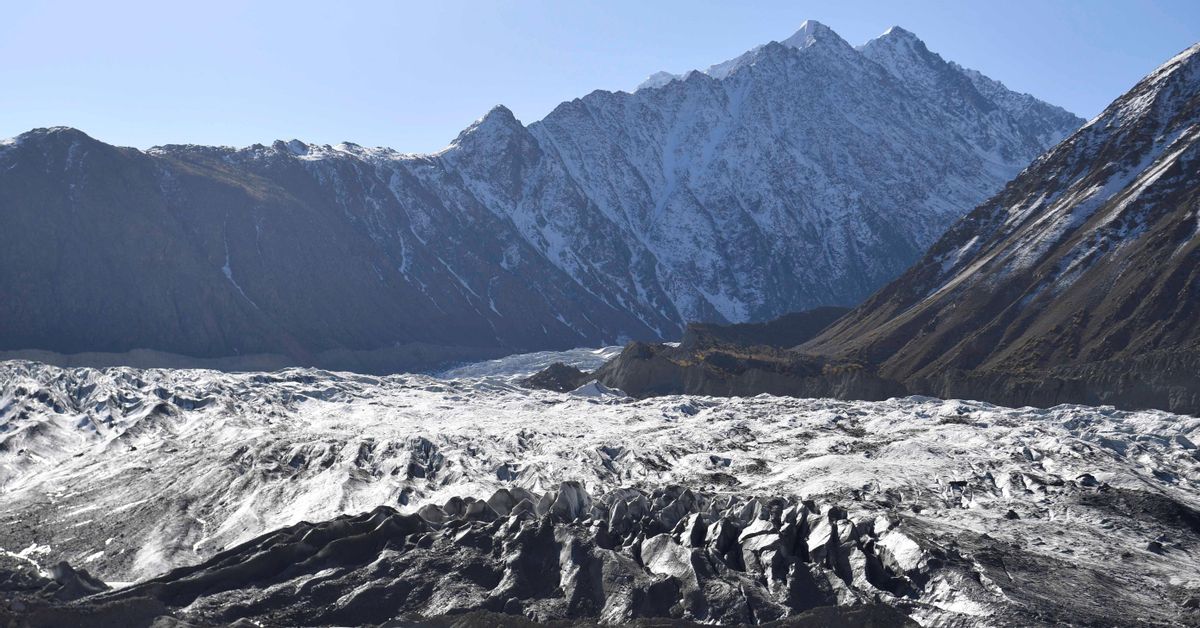A Closer Look at the Glacial Erosion Patterns in Switzerland
Glacial erosion is a fascinating geological process that has shaped the stunning landscapes of Switzerland with its majestic glaciers and rugged mountains. The erosive power of glaciers is evident in the U-shaped valleys, sharp ridges, and deep cirques that characterize the Swiss Alps.
Unveiling Nature’s Sculptor: Glacial Erosion in Action
Glacial erosion in Switzerland is a testament to the slow yet relentless force of ice carving through rock over thousands of years. As glaciers move downhill, they pick up rocks and debris, acting like giant bulldozers reshaping the land.
The Environmental Impact and Preservation Efforts
Understanding glacial erosion patterns is crucial for environmental conservation. With the impact of climate change leading to glacier retreat, preserving these natural wonders becomes paramount. Studying erosion can provide valuable insights into climate trends and help in the conservation of these fragile ecosystems.
Preserving Switzerland’s Glacial Heritage for Future Generations
As Switzerland’s glaciers continue to recede, there is a pressing need to document and preserve the unique erosion patterns for future generations. These geological formations not only hold scientific value but also contribute to the cultural and aesthetic richness of the Swiss landscape.
Understanding the Swiss Cheese Effect: Why Glaciers Are Forming Holes
Glaciers, these majestic giants of ice covering vast stretches of land, are not impervious to change. Recent observations have unveiled a fascinating phenomenon known as the ‘Swiss Cheese Effect,’ shedding light on the formation of holes within glaciers and the underlying reasons.
Imagine glaciers as immense blocks of ice with intricate networks of tunnels and channels flowing through them like veins. The Swiss Cheese Effect occurs when these glaciers begin to melt at varying rates due to climate change, creating holes and gaps within their structure.
This phenomenon serves as a visible indicator of the impact of global warming on our planet. As temperatures rise, glaciers experience accelerated melting, leading to the formation of these holes. The significance of the Swiss Cheese Effect extends beyond mere aesthetics; it symbolizes the fragility of our glaciers and the urgent need for climate action.
Scientists and researchers worldwide are closely monitoring the Swiss Cheese Effect to understand its implications better. By studying these holes’ formation and growth patterns, they can gain valuable insights into the rate of glacial melting and the broader impact on sea levels and climate stability.
As our planet continues to warm, the Swiss Cheese Effect serves as a poignant reminder of the rapid changes unfolding in our natural environment. Preserving glaciers and combating climate change are integral to safeguarding our planet’s delicate balance and securing a sustainable future for generations to come.
Impact of Climate Change on Switzerland’s Unique Glacier Formations
Switzerland’s breathtaking glacier formations are under threat due to the adverse effects of climate change. The rising temperatures have caused these majestic ice masses to retreat, posing a significant risk to the unique landscape of the Swiss Alps.
Challenges Faced by Glacier Formations
The accelerated melting of glaciers not only affects the visual appeal but also leads to challenges such as water resource management, habitat disruption, and increased natural hazards like landslides and rockfalls.
Conservation Efforts and Solutions
To mitigate these impacts, Switzerland has implemented various conservation strategies. These include promoting sustainable tourism practices, investing in renewable energy sources, and raising awareness about the importance of preserving these natural wonders.
Future Outlook and Environmental Concerns
As climate change continues to be a pressing issue, monitoring and protecting glacier formations in Switzerland is crucial. It is essential to balance economic development with environmental conservation to ensure the long-term sustainability of these iconic landmarks.
Preserving the Future of Switzerland’s Eroding Ice Landscapes
Breaking Down the Headlines
Switzerland’s iconic ice landscapes, including glaciers and ice caps, are under threat due to the impact of climate change. Rapid melting and shrinking of these ice formations have garnered significant attention in recent years.
The Bigger Picture
The erosion of Switzerland’s ice landscapes is not only a local environmental concern but also a global indicator of climate change challenges. The rapid decline of these icy regions is a stark reminder of the urgent need for collective action to combat global warming.
What This Means Going Forward
To preserve the future of Switzerland’s eroding ice landscapes, proactive measures need to be taken. This includes implementing sustainable practices, reducing greenhouse gas emissions, and raising awareness about the importance of preserving these natural wonders. Failure to act decisively could lead to irreversible loss of these precious ice formations, impacting not only Switzerland but also the global climate system.
